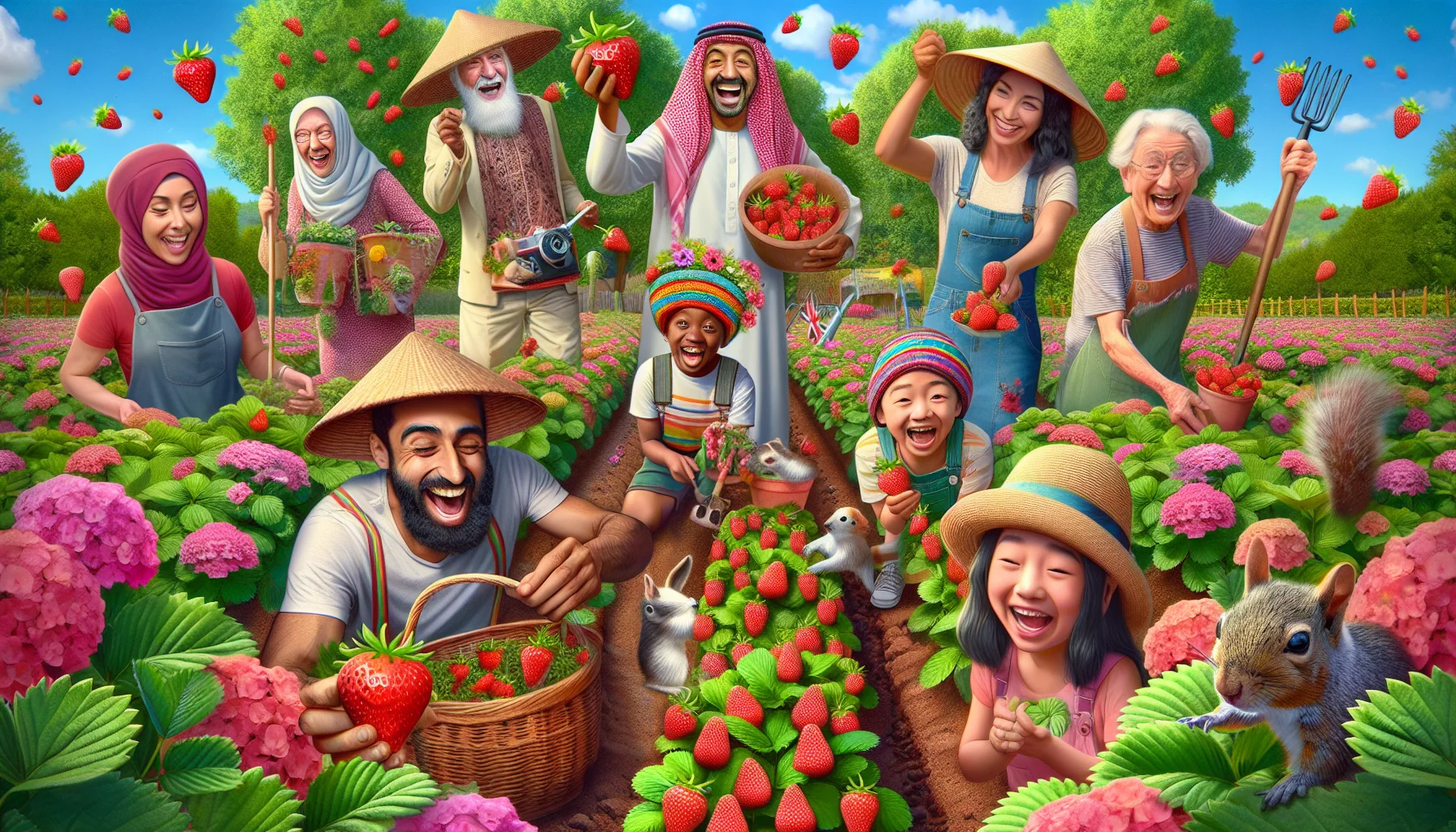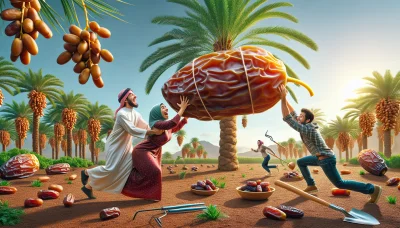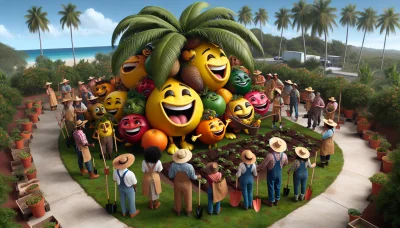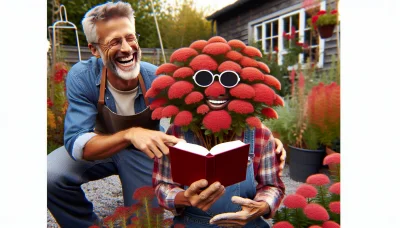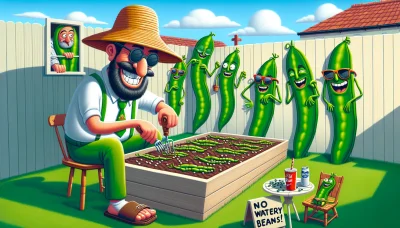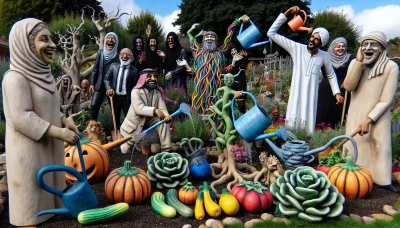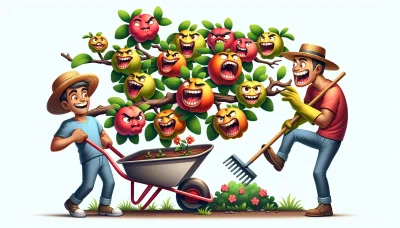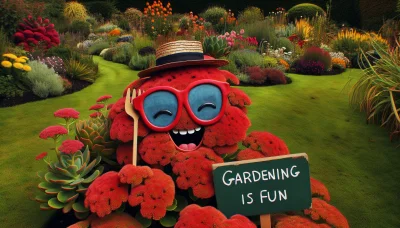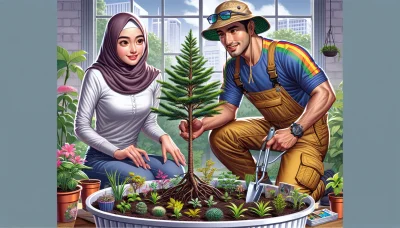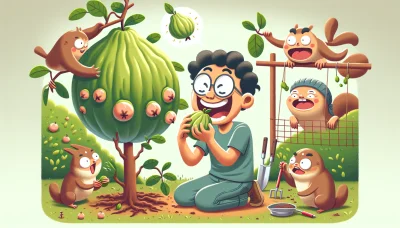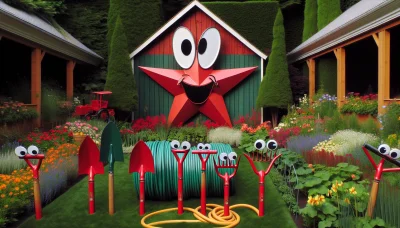Strawberry blossoms Quiz
Test Your Knowledge
Question of
Understanding Strawberry Blossoms
Strawberry blossoms play a crucial role in the gardening world, serving as the first step in the development of strawberries. These delicate, white flowers are not only a sign of the coming fruit but also a key indicator of the health and vitality of the plant. Successful pollination of these blossoms is essential for fruit production, making them a focal point for gardeners aiming for a bountiful harvest. Understanding the care and conditions needed for strawberry blossoms to thrive is fundamental for anyone looking to grow strawberries, whether for personal enjoyment or commercial purposes.
The Life Cycle of Strawberry Plants
Strawberry plants undergo a fascinating journey from the initial blossom to the sweet fruit we all enjoy. This cycle starts with the plant flowering in early spring, followed by the pollination process, which leads to the development of the strawberry fruit. After pollination, the flowers slowly transform, giving way to small green berries that gradually enlarge and change color. As the berries ripen, they turn from green to white and finally to a vibrant red, indicating they are ready to be harvested. This cycle is not only crucial for fruit production but also for the plant's ability to reproduce and continue its species.
- Flowering
- Pollination
- Fruit Development
- Ripening
- Harvest
Optimal Conditions for Strawberry Blossoms
For strawberry plants to bloom and produce fruit, they require specific environmental conditions that support their growth and development. The type of soil is crucial; strawberries thrive in well-drained, loamy soil with a pH between 5.5 and 6.8. Ensuring the soil is rich in organic matter can also help improve the health and yield of the plants. Sunlight is another critical factor; strawberry plants need full sun, meaning at least six to eight hours of direct sunlight per day, to produce the energy necessary for flowering and fruiting. Lastly, proper watering practices are essential. Strawberries prefer evenly moist soil, so regular, consistent watering is important, especially during dry spells. However, overwatering should be avoided as it can lead to root rot and other diseases. By meeting these conditions, gardeners can help ensure their strawberry plants bloom and produce a bountiful harvest.
Common Pests and Diseases Affecting Strawberry Blossoms
Strawberry blossoms are susceptible to a range of pests and diseases that can significantly impact fruit production and plant health. Gardeners often face challenges in identifying and managing these issues, as symptoms can sometimes be subtle or mimic other problems. Early detection and appropriate treatment are crucial for maintaining healthy strawberry plants and ensuring a bountiful harvest.
- Botrytis cinerea (Gray Mold): This fungus affects the blossoms, often causing them to brown and die. It thrives in cool, wet conditions and can spread to the fruit, leading to significant losses.
- Strawberry Aphids: These small, green pests feed on the sap of strawberry plants, including the blossoms. They can transmit viruses and cause the flowers to become distorted.
- Slugs and Snails: These pests are attracted to the moisture of strawberry fields and can damage both the blossoms and the fruit by feeding on them during the night.
- Powdery Mildew: Caused by the fungus Podosphaera aphanis, powdery mildew presents as a white, powdery coating on leaves and can spread to the blossoms, affecting their development and the quality of the fruit.
- Tarnished Plant Bug: This bug feeds on the flowers, causing deformed berries known as "cat-facing." It is particularly problematic during warm, dry springs.
Pollination of Strawberry Blossoms
The process of pollination in strawberry plants is a fascinating and crucial step in the development of the strawberries we enjoy. Strawberry plants produce flowers that must be pollinated to produce fruit. Pollination occurs when pollen from the male parts of the flower (stamens) is transferred to the female part of the same or another flower (pistil). While some strawberry varieties are capable of self-pollination, the role of bees and other pollinators is vital for maximizing fruit production.
Bees, particularly honeybees, are the most effective pollinators of strawberry plants. As they move from flower to flower in search of nectar, they inadvertently transfer pollen. This not only aids in the cross-pollination between flowers but also ensures a more genetically diverse and healthier crop. Other pollinators, such as bumblebees, butterflies, and even wind, can contribute to the pollination process, but bees are by far the most efficient for strawberries. The interaction between these pollinators and strawberry flowers highlights the importance of maintaining healthy pollinator populations for sustainable fruit production.
Pruning and Care for Healthier Strawberry Blossoms
Proper pruning and care are essential for cultivating healthier strawberry plants that yield more abundant and vibrant blossoms. By implementing a consistent care routine, gardeners can encourage stronger growth, reduce the risk of disease, and improve the overall quality of the fruit. The key to success lies in understanding the specific needs of strawberry plants and responding with appropriate practices.
- Regularly remove any dead or diseased leaves to keep the plant healthy and prevent the spread of disease.
- Thin out the plants to ensure they have enough space for air circulation, which reduces the risk of fungal infections.
- After fruiting, trim off old and worn-out runners to stimulate new growth and fruit production.
- Apply a balanced fertilizer after pruning to replenish nutrients and support healthy growth.
- Mulch around the plants to maintain moisture, regulate soil temperature, and suppress weeds.
- Ensure the plants receive at least 1 inch of water per week, either from rainfall or supplemental watering, to maintain optimal growth conditions.
- Protect blossoms from late frosts in the spring with row covers or other protective materials.
Harvesting and Enjoying Your Strawberries
There's a unique joy that comes with harvesting your own strawberries. The process of bending down to pluck each ripe, red berry from its stem is not only therapeutic but also rewarding. Strawberries can be harvested from late spring into early summer, depending on your climate and the varieties you've planted. The key to harvesting strawberries is to wait until they are fully red, with no white tops, and to gently twist them off the stem to avoid damaging the plant. After harvesting, the possibilities for enjoying your strawberries are endless, from fresh, juicy bites to delicious jams and desserts. With the right techniques, you can enjoy a bountiful and tasty strawberry harvest each year.
| Variety | Flavor | Size | Best Use |
|---|---|---|---|
| Early Season | Sweet and tangy | Medium | Fresh eating, salads |
| Mid-Season | Rich and full-bodied | Large | Jams, desserts |
| Late-Season | Mild and sweet | Varies | Preserves, baking |
